Bullet journaling: the practical craze
The term “bullet journal” may sound familiar. You’ve probably seen it pop up on your Instagram or Tumblr feed. It’s an organizational tool that most like for its aesthetic but that few are willing to put in the effort to make.
A bullet journal is basically a very detailed DIY planner. They take a fair amount of time and effort to create, but the result is worth it. You can plan your life out a day, week or even months in advance.
Just searching “bullet journal” will uncover hundreds of pictures, Pinterest boards and Studyblrs (a Tumblr community focused on any and all things related to studying) devoted to bullet journaling and what one might call the study aesthetic. I tried keeping a bullet journal for the month of October using a mix of what I found on the internet and my roommate — who condensed hours’ worth of bullet journal research into a roughly 30-minute lesson — as resources. Starting a journal isn’t as difficult as it seems but there is a lot of terminology involved. There are many sites such as BulletJournal that you can use to get started but here is a short explanation of what it entails.
The first thing you will need to do is buy your journal. It can be as big or small as you like. I would suggest picking one with a quote, color or design that you enjoy because you will have to look at it at least once a day. Dot-grid journals are more common. They grant you the option of both having creative freedom and being neat. You will also need pens of different sizes and colors. Those are the essentials, but you can use Washi Tape, stickers and highlighters to decorate and organize your journal however you would like. Purchasing white out is also recommended; you will make one or two mistakes that need to be corrected.
Next, you will want to create your key. A key consists of different symbols for the different categories of tasks you want to complete. For example, a star could signify a school-related task and a star with a circle around it could mean a that you completed said task. I color categorized my key because I had too many Micron Pens to let them go unused.
After that, you’re going to choose what your spread will look like. I chose to make a monthly log at the beginning of my journal and follow that with a daily log. Your spread is where you can really get creative. Try keeping it simple by creating a log with all your important dates for the week/month, or find a way to be more creative. You can make a list of books you want to read or a grid marking how many seasons of a Netflix show you’ve finished. Creating an index is a good way to keep track of which pages have what. Pages four through nine could be your study plans and page 20 could be a packing list. This is just a good way to quickly flip to whatever subject you need to look at. Anything you want to write, record, or draw that will help you lead an organized lifestyle can go into your journal.
Finally, you’re going to start writing in all the tasks you need to complete. The tasks should be short and to the point, hence why it is called a bullet journal. This is also where your key comes into play, it will help keep your tasks organized.
Anything else you decide to put in your journal is up to you! For example, you can include little motivational quotes, pictures that make you happy, short recipes or doodles. Remember that this journal is for you, so you should customize it to your liking.
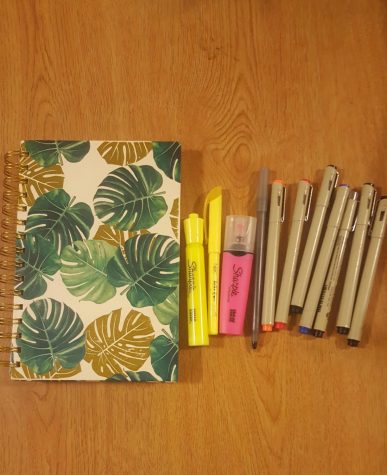
I tried bullet journaling for all of October to ease my anxieties about work and school. Keeping such a complex journal may seem counterintuitive. However, I know from experience that I can relax if I have a set list of tasks I need to complete. I wanted to challenge myself to be that super organized, creative but minimalist girl that has all her priorities straight. It didn’t magically change my life, but it did make each day a bit easier. My bullet journal was nowhere near as detailed or neat as some of the ones I saw online, but it worked for me and that’s all that matters. Each day I wrote down every school, work and personal task that needed to be finished. Doing this eased my anxiety. Instead of panicking about what needed to be done, I could quickly reference my journal and begin my next task. I felt obligated to check things off my list so I started to complete tasks faster. Having a place to write down meeting notes, emails and other important things was nice as well.
Bullet journaling, without a doubt, made my life better. It wasn’t difficult to keep up with. It took me 30 minutes a day max to write my to-do list. I enjoyed having one notebook with space to write down important notes and details. It soothed the anxiety I get from having too many things to do. The journal overall was a great way to keep my life organized. I would recommend it to anyone, even if it’s just for the aesthetic; this journal is worth having.





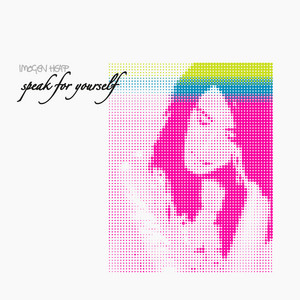
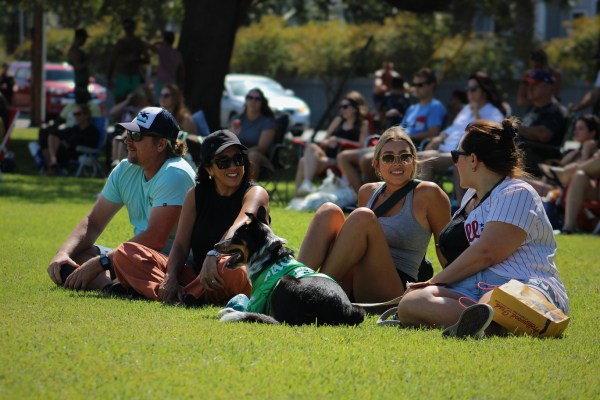



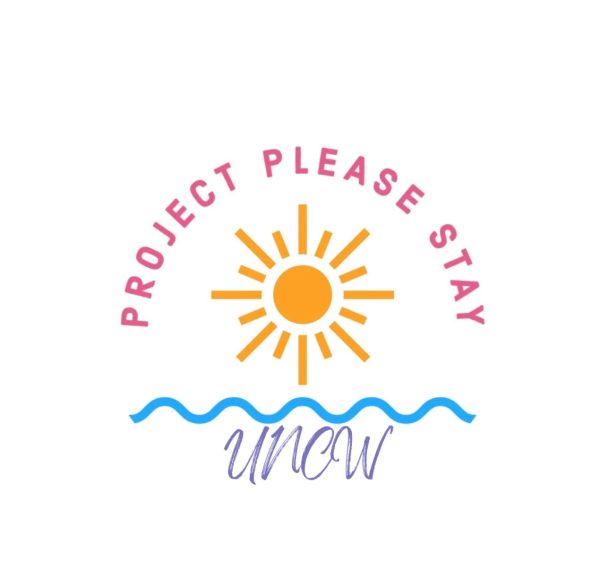
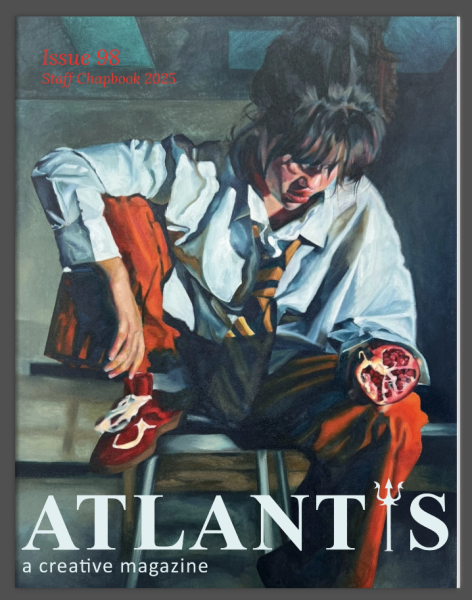

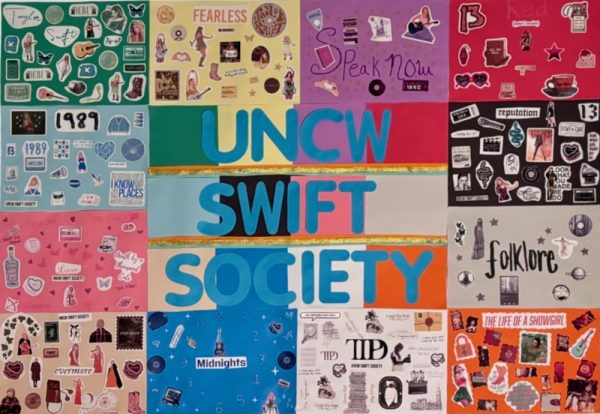
Liliane Lis • Mar 24, 2018 at 6:46 pm
Aprovada!